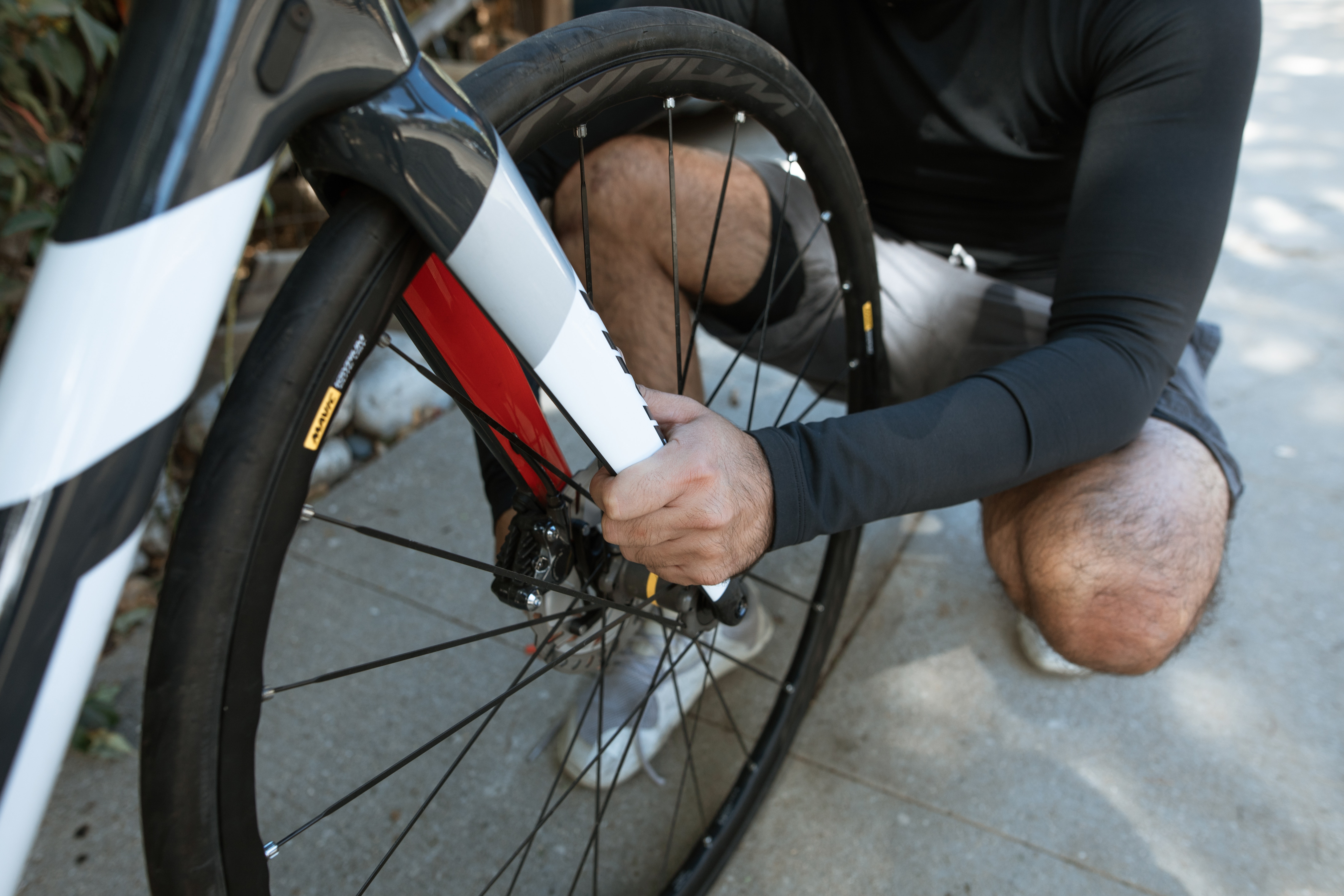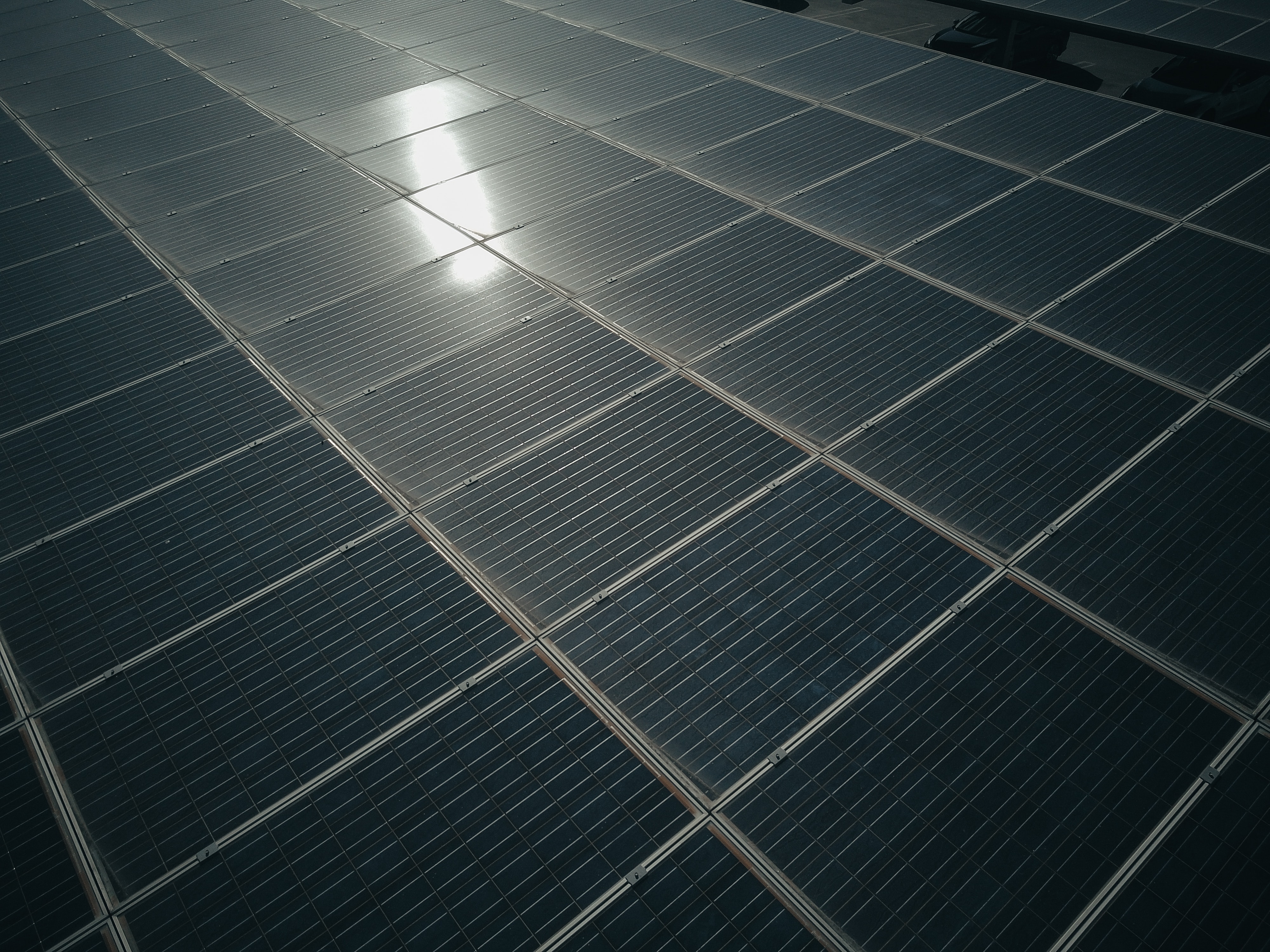Chances are you’ve heard about geared hub motors and gearless hub motors before. If you’re a designer or work closely with your designers you’ll probably know a lot about them. But If you’re not up to speed on the technical side, or you outsource your designing you might want a bit more information on which of these motors suit your product.
How are they different?
The basic difference between geared and gearless motors is how power is transferred from the motor to move the bike. Most mid-drive motors are geared with very few of them operating with direct drive (another term for gearless).
You need to make a choice between the two much more often with hub drive motors. These motors show a lot more variation between geared and gearless. So, for the rest of this post assume you’ve already decided on making a bike with a hub drive motor.
What Is A Geared Hub Motor?
Geared hub motors are motors that use gears. Obvious right? But that’s it one a basic level. Within the hub there is a gear system, these gears transfer the force of the motor to the wheel. A central gear, fixed to the motor, turns through a series of gears onto the wheel hub.
The gears inside the hub reduce the speed the motor turns which in turn causes the wheel to turn at a lower speed. Generally speaking the motor is turning much faster than you want your wheels to. Gears are one of the ways to reduce this speed to make your bike rideable.
Why Choose Geared Hub Motors?
- Geared motors tend to be lighter and more compact. This means you can put them onto bikes without them being noticed too much.
- They operate with high torque, which makes them great for climbing hills. To generate the same amount of torque from a gearless motor you would need to fit a comparatively large model.
- Geared hub motors tend to have a freewheel. This allows them to be pedalled much easier without any assistance.
- Most of the time the manufacture of these motors is cheaper, helping you to keep your cost down.
The Problems Geared Hub Motors Face
- Wear and tear. Since they rely on a system of gears there is a lot more wear and tear on the motor. Over time the gears will become worn down and need to be replaced. On high end models this could take a long time but it will happen. Extra strain like weight or demanding cycling will exacerbate this problem too.
- They work at lower speeds. This isn’t always a problem depending on the kind of bike you want to make. But if speed is a big factor in your design, geared hub motors might not be the way to go. Really anything over 20mph and it’s time to start considering gearless.
What Kinds Of Bikes are Geared Hub Motors Good For?
You can make great commuter and road bikes with these motors. Because they help a bike stay light and compact they’re easy to store at home cycle even after a long day. Their high torque lets them handle hills with relative ease. Low speed isn’t a problem in urban environments where a bike won’t be able to go past about 15mph (in the UK) with assistance. Most of the trips will probably be low impact too decreasing the wear and tear on the bike.
What Are Gearless Hub Motors?
A lot like how a geared motor has gears a gearless motor doesn’t. Instead the wheel hub in a gearless system is the motor itself. Copper wires are connected to a stator. This stator then becomes an electromagnet, once a current is drawn from the battery. The stator then acts on magnets within the hub (pushing and pulling in time) causing the hub- and so the wheel to turn. So by using magnetic force gearless hub motors remove the need for gears.
Why Choose A Gearless Hub Motor
- Long lasting. Since there’s no friction to wear down the internals of the motor a gearless hub can last much longer than geared motors.
- Gearless motors perform much better at high speeds. There is a lack of torque inherent to the design of these motors. This lets the wheel operate at higher speeds more efficiently.
- Fewer points of failure. Less parts means less opportunities to go wrong. Gearless motors boil down to stator and magnets. Geared motors on the other hand contain a whole system of gears. If one gear comes out of place it causes problems for the whole system. This doesn’t mean gearless motors are indestructible though. A hard knock to the hub can unstick the magnets. Cheaper motors are especially susceptible to this but given enough time of hard use no motor will last forever gearless or not.
- The lack of gears means these motors can run almost silently. That’s a big draw to some people who do a lot of cycling. Couriers who spend all day on their bike for example.
Honourable Mention
Gearless hub motors have the potential to make use of regenerative braking. That means that the kinetic energy isn’t lost when you brake. Instead a portion of the bikes kinetic energy is transferred into usable energy within the battery extending it’s life.
This seems like a great pro but honestly the energy involved in braking on a bike is actually very little. Regenerative braking is fantastic in large vehicles like trains and heavier EVs which use a lot of energy braking and not so much to cruise. For bikes it’s not as useful and a bit of a gimmick.
Direct Drive Cons
- Because of the lack of torque we mentioned earlier, gearless motors don’t handle hills as well. If a customer needs to do a lot of hill climbing they’d probably be better off with a geared motor.
- The motor runs at much lower speeds. Because of the design these motors run at wheel speed. This isn’t a problem at higher speeds but This is very slow for an electric motor and you lose a lot of efficiency on slower rides.
- Heavier and bulkier. This is to compensate for the lower torque but the added weight means it takes more energy to move the same distance. Because they travel less efficiently this means that the average range for gearless motors is less than the average for geared. Although it is important to note battery size plays a role here too.
- A combination of a higher weight and no lack of freewheel means that manually pedalling a bike with this motor can be very difficult.
- Good gearless hub motors can be expensive. Especially if you want to make a fancy one with regenerative braking. This means higher production costs for you. Not the end of the world but definitely worth taking into consideration.
What Kind Of Bikes Do Gearless Hub Motors Work For?
Any bike that needs to reach high speeds or last for a very long time benefits from gearless motors. A more concrete example though is cargo bikes, particularly ones used by delivery companies.
While they won’t typically benefit from the high speeds they are carrying an increased weight for long periods of time. Geared hub motors will wear down much quicker in a bike like this and need to be replaced. Gearless hub motors become the more cost efficient option in the long run.
The increased weight might even make regenerative braking a bit more useful. Though I’m not sure the difference would be huge.
Should Your Next Design Use A Geared Or Gearless Hub Motor
There’s a couple of things to take into consideration when you try to decide this. The price point you want to hit, your target market and most importantly what does the bike need to accomplish.
If you want to make a road bike for commuters you’ll probably prioritise weight, compactness and lower speeds. That means a geared hub motor is probably the best for the design.
Equally, if you’re designing a bike that needs to be cycled for long periods of time regularly then it’s worth considering gearless hub motors. The added longevity will be appreciated by anyone who relies on the bike day in and day out.
There are plenty of good motors on the market whichever you choose. And ultimately a high quality motor is more important than whether it has gears or not. These are not infallible facts about either motor type, just a quick overview to help you decide.
If you have any more questions about motor types or which one works for you then get in touch with our design team. They’re ready to lend their expertise to any project and they’ll even source the parts.



